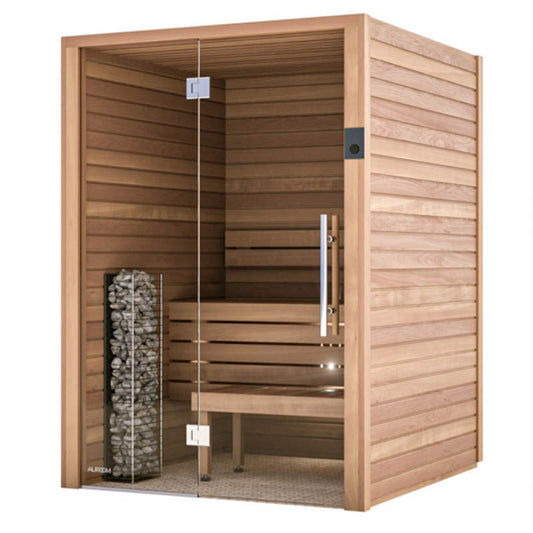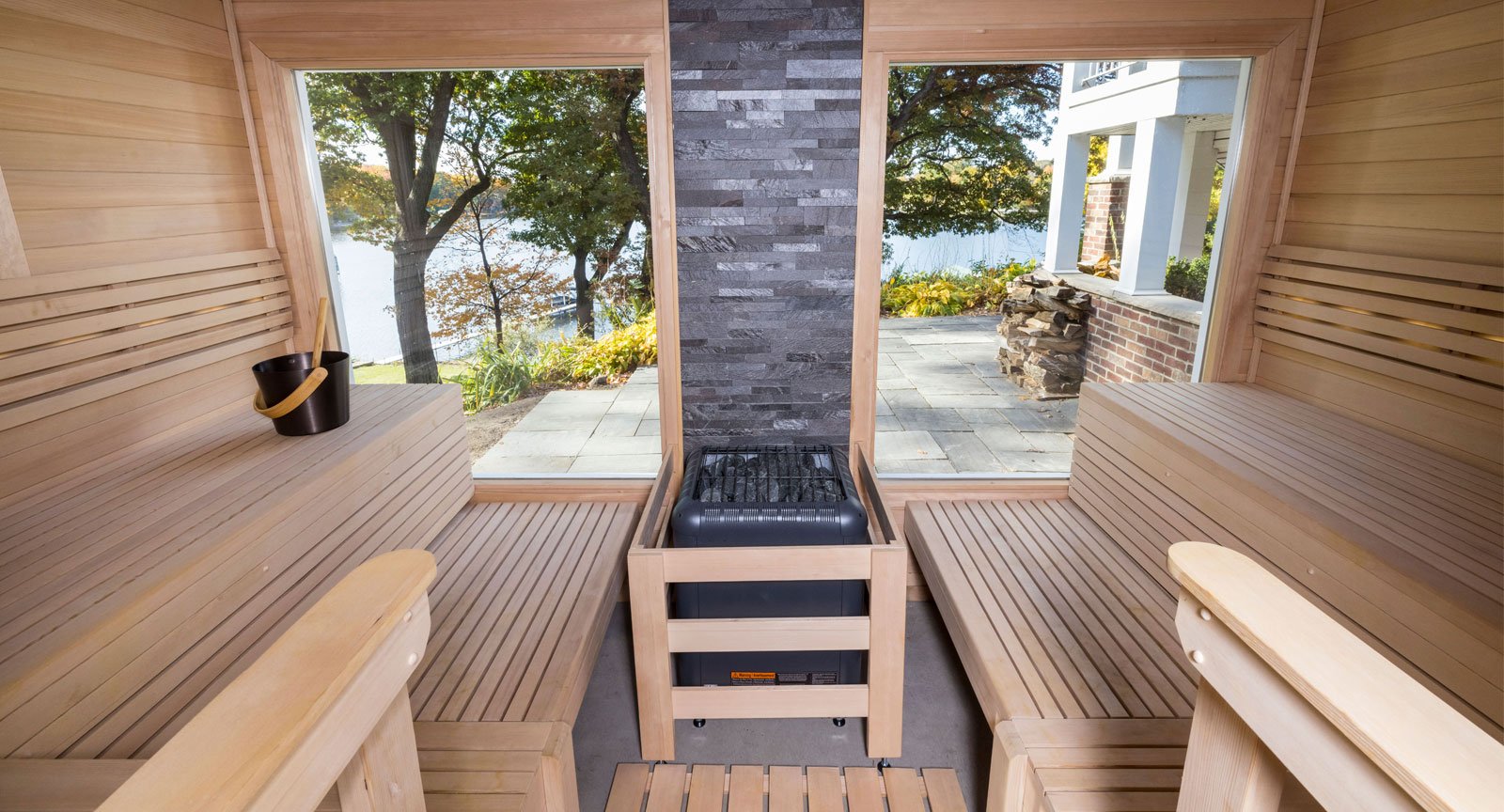The Traditional Sauna Diaries
The Traditional Sauna Diaries
Blog Article
Not known Incorrect Statements About Traditional Sauna
Table of Contents8 Easy Facts About Traditional Sauna ShownSome Known Details About Traditional Sauna What Does Traditional Sauna Mean?Some Of Traditional SaunaNot known Factual Statements About Traditional Sauna
Many of the weight shed in a sauna is water loss and is re-gained upon rehydrating. However, certainly sauna can be an integral part of a healthy weight management program. To take a look at the distinctions between standard and IR saunas, I will divide these into verifiable, academic, and fabricated differences.Therefore, the hottest point in the saunawhich goes to the ceiling directly above the sauna heateris commonly in between 185 and 190 F. Claims that a standard sauna goes beyond 200 F is just not true and not applicable for electrical saunas sold in the United States. The temperature level for a far-infrared sauna is generally set between 120 and 140 F; however, unlike the traditional sauna, the objective in and IR space is not to attain a high temperature level.
As a result of this, the temperature distinction is almost unnecessary, given that excessive sweating causes both sauna kinds, yet the technique of heating the body is different. In an IR sauna the bather will feel hot and will certainly sweat profusely, yet at a lot reduced temperature levels (Traditional Sauna). Thus, if the objective is to invest longer amount of times in the sauna, the IR sauna is an excellent selection
When a traditional sauna has actually been effectively heated, the sauna wall surfaces are cozy, the air temperature has accomplished established temperature level and the rocks are very warmed. As an intriguing side note, the heated wall surfaces and the rocks are discharging far-infrared warmth, integrated with the warmed air, to produce an "enveloping heat".
Things about Traditional Sauna

When the high temperature is accomplished, the aspects cycle on and off to keep the high temperature. The majority of typical sauna customers delight in pouring water over the rocks to create heavy steam to increase sauna humidity degrees. The advantages of pouring water over the rocks include: making the room much more comfortable, moistening the nasal flows, and permitting the use of aromatherapy by mixing crucial oils with the water.

When the power gets in the body, it triggers the body temperature level to increase and inevitably causes sweat. In an infrared sauna it is essential for the emitters/heaters to stay on virtually regularly. Considering that there is no mass of rocks to retain warmth, the sauna will certainly cool if the emitters shut down.
As discussed above, the sauna bather in an infrared room wishes to place himself in front of operating emitters to moved here obtain optimal benefit from the warmth. The home heating time for both areas can be really various, depending upon exactly how the rooms are used. For a traditional sauna, a bather needs to enable 30-40 mins for the space to achieve a wanted temperature and to appropriately pre-heat the rocks.
A Biased View of Traditional Sauna
A well constructed sauna will normally accomplish a temperature of 150-160 F in regarding 30-40 minutes. For hotter temperature levels, the room might require to warm for a longer duration.

Typical saunas often tend to be bigger (for this reason make use of even more electricity) than infrared saunas, although conventional saunas are absolutely offered in one and two individual sizes. For a two-person standard sauna, 5x6 or 5x7 size is most preferred. The leading bench can comfortably seat 2 or 3 individuals and is also long enough to exist down during the sauna session.
9 Simple Techniques For Traditional Sauna
The typical cost per kWH of electrical energy in the united state is around $0.11, so a 4.5 kW heater will certainly set you back roughly $.50 to compete one hour, if the heater runs constantly for one hour. Usually a this page sauna heater will certainly run for 75% of the very first hour and 50% of succeeding hours on since the components cycle once the established temperature level is accomplished.

Ultimately, there is a hardly ever gone over difference in the social experience in between the 2 spaces. While our culture has actually lost several of the social advantage of the traditional sauna experience, it can be very socially fulfilling (Traditional Sauna). From family time in the sauna, to heart-felt conversations with loved ones, to sauna partiesthe traditional sauna experience can bring about intimate mingling
Our Traditional Sauna Ideas
Many greater end infrared areas include tinted light therapy, noise systems and full-glass fronts.
Report this page